TBB model could help a million displaced people
Talent Beyond Boundaries has released a landmark report highlighting the success of an innovative, business-led model for connecting skilled refugees displaced in countries like Jordan and Lebanon with employers in Australia, Canada, and the UK.
The report entitled The Promise of Labour Mobility: How skills can be a passport out of displacement for refugees will be launched at a world meeting on refugees, the first-ever Global Refugee Forum to be held in Geneva on December 17th-18th.
TBB is calling on governments, businesses and civil society to work together to remove the barriers that often prevent refugees from accessing international job opportunities and moving on skilled migration visas. The report makes the case for investing in systems that would help refugees compete in the global job market.
TBB’s approach is unique, focusing on refugees’ professional skills and supporting them to move abroad for work on the basis of those skills. This provides refugees with an additional safe and legal option to overcome displacement.
TBB has already amassed a database of 20,000 refugee CVs, showcasing the depth and breadth of talent in refugee communities around the world. Employers in countries grappling with local skills shortages are now able to hire directly from this untapped talent pool.
In 2019 alone, 41 displaced people have secured jobs abroad through TBB; a life-changing result not only for those individuals but for the families who accompany them. TBB estimates there are at least 600,000 refugees with skills that would make them suitable for this type of skilled migration, and that labour mobility could provide a pathway to safety for more than a million refugees over the next decade.
ManPower Group’s 2018 Talent Shortage Survey showed that 45% of employers struggle to recruit locally. Hiring refugees from abroad can help solve this problem while also achieving a humanitarian outcome.
The Australian and Canadian governments have already begun piloting ways to open up labour mobility pathways for refugees. This year, Australia committed to a small trial to bring a number of skilled refugees to Australia under the existing skilled migration program.
To coincide with the launch of TBB’s labour mobility report, dozens of businesses in Australia and Canada have signed a pledge to consider global refugee talent as part of their hiring strategies.
Andrew Walsh, CEO of global technology company Iress, was the first employer in the world to hire a refugee candidate via TBB’s labour mobility model in March 2019. “As a company that makes software for the financial services industry, these skill shortages are a pressing concern - and it’s an issue for the entire technology sector. Whether you’re running development teams at a big tech company, one of the major banks or a startup, we’re all looking to find enough high-quality software engineers” said Walsh.
“Tapping into displaced talent is one strategy employers could and should be making better use of.
“This is the most impactful initiative we’ve been involved with because you see somebody’s life changing when you work alongside them every day.”
TBB’s Co-CEO, Steph Cousins, was lead author on the report. “We know hundreds of thousands of refugees have skills in high demand internationally, and employers want to hire them,'' said Cousins.
“The Global Refugee Forum is a major opportunity for governments, businesses and community groups to come together and help solve the displacement crisis - and labour mobility needs to be part of the solution”.
“Business has a vital role to play by employing refugees - but we need governments around the world to open up skilled migration pathways in order for this model to work at scale”.
“We’re proud to be working with the Australian and Canadian governments already - looking at ways to remove the barriers that too often block refugees from accessing skilled migration visas. This is the kind of leadership we need to see globally”.

